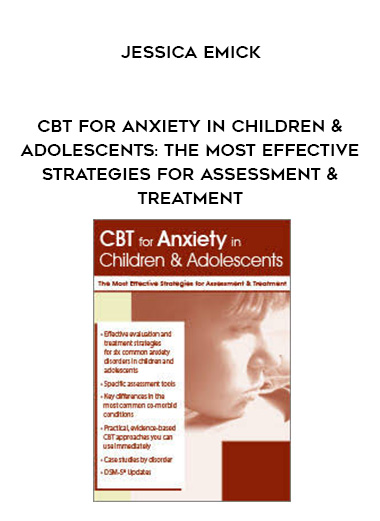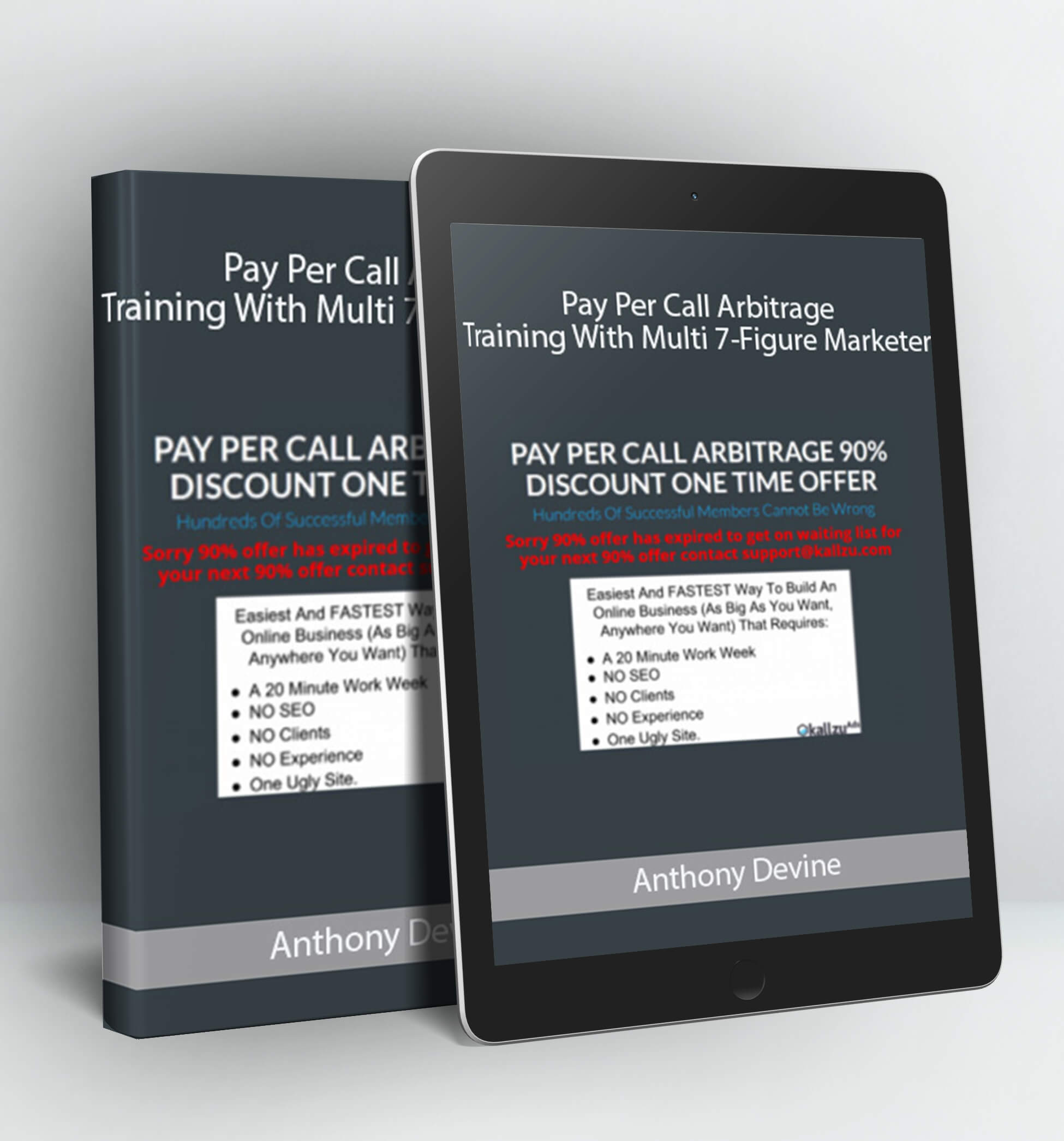CBT FOR ANXIETY IN CHILDREN & ADOLESCENTS: THE MOST EFFECTIVE STRATEGIES FOR ASSESSMENT & TREATMENT – JESSICA EMICK
- Effective evaluation and treatment strategies for six common anxiety disorders in children and adolescents
- Specific assessment tools
- Key differences in the most common co-morbid conditions
- Practical, evidence-based CBT approaches you can use immediately
- Case studies by disorder
- DSM-5® Updates
Watch this seminar and gain specific assessment tools to diagnose six common anxiety disorders that affect children and adolescents. You will learn to distinguish whether the behavior is typical or atypical for their age and stage, make the correct diagnosis using the DSM-5® criteria and understand the impact of the disorder on other areas of the child or adolescent’s functioning. Using a comprehensive cognitive behavioral framework, you will learn which interventions work best with different types of anxiety disorders based on the child or adolescent’s developmental level. The six common anxiety disorders that affect children and adolescents to be addressed include:
- Obsessive Compulsive Disorder
- Panic Disorder
- Selective Mutism
- Separation Anxiety Disorder
- Social Anxiety Disorder
- Generalized Anxiety Disorder
Via case examples and experiential learning, you will discover ways to get buy-in from the family and the school. You will leave this seminar with proven, practical strategies that you can implement immediately with even your most challenging clients.
- Compare key differences in the presentation of anxiety disorders across diagnoses.
- Distinguish indicators of typical anxiety vs. clinically significant anxiety in school-aged children and adolescents.
- Explain the impact of anxiety on a child’s cognitive functioning.
- List at least five evidence-based interventions commonly indicated for children and adolescents with anxiety disorders.
- Create a plan to establish collaboration with the child or adolescent’s school.
- Describe a situation where using relaxation techniques for younger children would be an appropriate treatment plan.
PART ONE: Assessment
The Developmental Unfolding of Anxiety
- Typical vs. atypical behavior
- Developmental expectations related to anxiety disorders
- When typical anxiety becomes something more
What to Look For, How to Differentiate
- DSM-5® criteria
- Specific assessment tools
- Most common disorders
- Obsessive Compulsive Disorder
- Panic Disorder
- Selective Mutism
- Separation Anxiety Disorder
- Social Anxiety Disorder
- Generalized Anxiety Disorder
Interplay of Anxiety & Other Issues
- Impact of anxiety on other aspects of functioning
- Impact of cultural differences
- Common co-morbid conditions:
- ADHD
- Learning disorders
- Speech & language disorders
- Substance use issues
PART TWO: Treatment
CBT Interventions for Children & Adolescents
- Psychoeducation
- Relaxation
- Cognitive schema re-organization
- Problem solving
- Reinforcement
- Modeling
- Exposure-based procedures
- Specific treatments by disorder and age group
- The role of creativity in discovering, practicing & generalizing skills
Interventions for Home & School
- Family behaviors
- Maximize family buy-in & support
- Collaborative consultation with the school
Case Studies
- Separation Anxiety – help a 10-year-old attend a sleepover
- Obsessive Compulsive Disorder – help a 9-year-old stop counting in patterns
- Social Anxiety Disorder/School Refusal – help a 6-year-old attend school
- Selective Mutism – help a 7-year-old talk to his peers at school
- Generalized Anxiety Disorder with Panic Attacks – help a 13-year-old manage panic attacks
Tag: CBT for Anxiety in Children & Adolescents: The Most Effective Strategies for Assessment & Treatment – Jessica Emick Review. CBT for Anxiety in Children & Adolescents: The Most Effective Strategies for Assessment & Treatment – Jessica Emick download. CBT for Anxiety in Children & Adolescents: The Most Effective Strategies for Assessment & Treatment – Jessica Emick discount.




